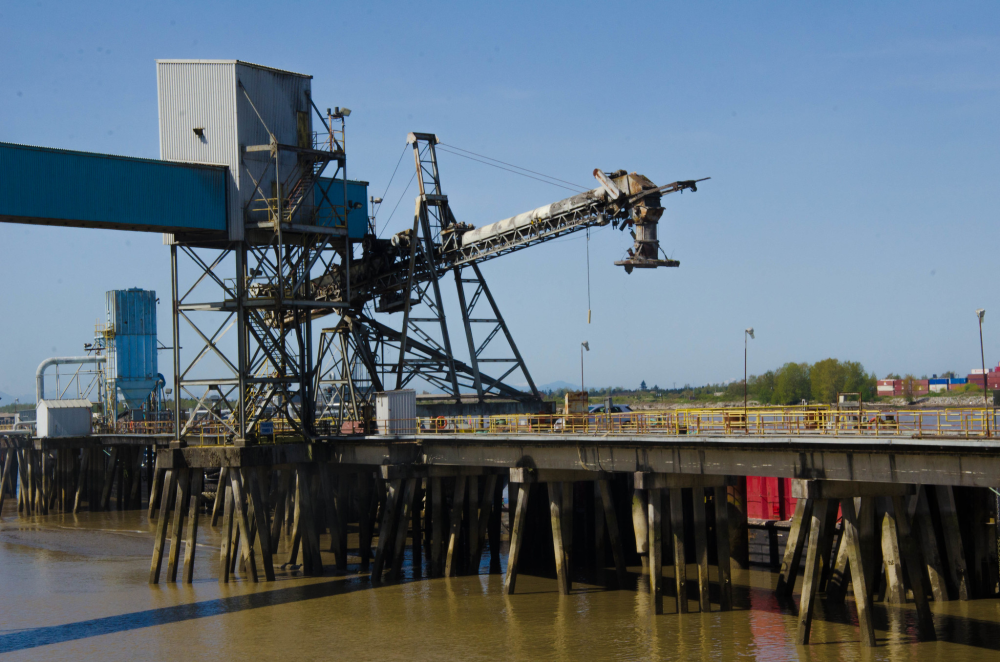OTTAWA— Isabelle Turcotte, federal policy director at the Pembina Institute, made the following statement in response to the federal government’s decision to accept Alberta’s industrial carbon pricing system:
“We were pleased to see that the federal acceptance of Alberta’s Technology, Innovation and Emissions Reduction (TIER) comes with the critical caveat of an annual review. The TIER system is a step backwards for the province, and is weak in encouraging companies to reduce GHG emissions and promoting the necessary investments in innovation and technology for industry to stay competitive in the 21st century economy.
“While TIER maintains a strong incentive to reduce emissions from the electricity sector, it is easier on industrial polluters than CCIR (Alberta’s previous industrial pricing system) and the federal benchmark in two ways. First, by applying a flat price on carbon instead of increasing the price annually, it fails to maintain a clear incentive for companies as they adapt and make investments that reduce their emissions. Second, by setting emissions-intensity thresholds that are based on individual facility performance instead of sector performance, the system rewards companies that haven’t taken any action and punishes progressive companies.
"With the annual review that the federal government committed to today, we urge them to ensure that in 2021, Alberta’s system is strengthened so these weaknesses are addressed.
“Alberta has been rolling back climate policies for the last six months. This is not the direction we need to go. The majority of Canadians voted for strong climate action, and to meet our 2030 and 2050 climate goals, the federal government needs to work with all provinces, including Alberta to take further steps to reduce emissions and prepare for the emerging low-carbon economy.
“We’re happy to see the federal government has signalled its intent to continue to be a leader in climate action, and to working with provinces to ensure there’s a national price on pollution. To do this, the federal government must hold the line on ambition and ensure that all systems across the country continue to improve. In the 2020 mid-term review of the carbon pricing system, as part of their promise to raise ambition and close the target gap, we urge the government to strengthen the existing carbon pricing system.”
[30]
Contact
Kelly O’Connor
Associate Communications Director
416-220-8804
Quick Facts
- The industrial pricing system, TIER, put forward by the Government of Alberta in 2019, replaces the previous, stronger system, CCIR.
- The federal government will perform a mid-term review of the national price in 2020, giving an opportunity to strengthen its ambition.
- Alberta is responsible for 38 per cent of Canada’s total emissions, and the current heavy emitter pricing system is applied to sectors that represent 73 per cent of provincial emissions
- Ontario and New Brunswick have also put forward their own industrial pricing systems, which the federal government has not made a decision about yet. In previous analysis by the Pembina Institute, it was determined that neither system meets the federal benchmark
Background
Report: Winning on Climate: Action plan for a decarbonized Canadian economy (December 2019)
Report: Carbon Emissions: Who Makes big polluters pay?(November 2019)
Reacts: TIER weakens incentives for technology, innovation, and emissions reductions (October 2019)
Reacts: Output-based carbon pricing system incentivizes innovation, provides certainty for industry (June 2019)
About the Pembina Institute
The Pembina Institute is a non-profit think-tank that advocates for strong, effective policies to support Canada’s clean energy transition. We have offices in Vancouver, Calgary, Edmonton, Ottawa and Toronto. Learn more: www.pembina.org




